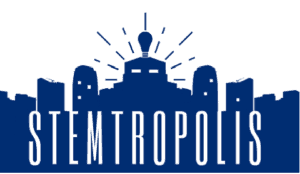With shortages of personal protective equipment medical professionals are treating COVID-19 patients around the world, nations are suggesting or mandating people wear face masks while social distancing. With much needed supplies going to medical staff on the front lines, what’s the average person to do?
You can 3D make a 3D printed face mask to protect yourself and others. If you have access to a 3D printer, it’s easy. We’ve printed several designs and tried them out, and we’ll show you how to do the same. Let’s explore.
You’ll need to:
- Find an STL file
- Slice the file into gcode
- Print the gcode on a 3D printer
- Make sure your pieces fit
- Add your cloth filter
- Try on your mask
First, you’ll need to decide what kind of personal protective equipment (PPE) you need. Note that a homemade mask is not a replacement for an N95 mask, and these designs have not been approved or certified by CDC, WHO, or other organizations. With that in mind, these are more secure than a simple bandana and a few hair ties, but are more for looks than function. Note: this article was originally published prior to the availability of vaccines. Please check CDC or WHO guidelines for current recommendations.
The first thing we need is to find a design and download the 3D file. Let’s take a look at a few free face mask designs.
*We’re an affiliate – we may earn a commission through qualifying purchases from the links on this page. As always, thanks!*
Flat Mask Design
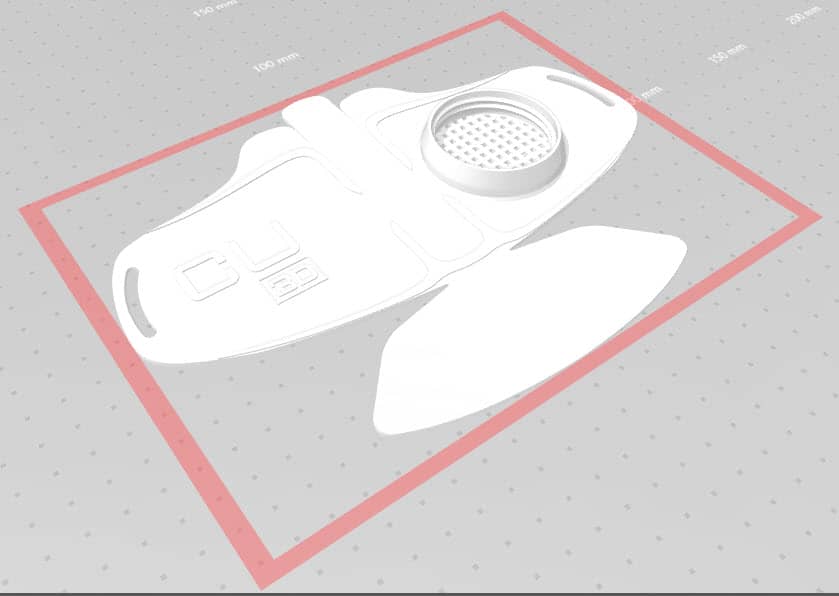
We found a number of designs like the “COVID Mask.” We initially liked this one since it prints flat and doesn’t need supports. Since it folds together and needs some assembly, it’s a bit more complicated and there’s a risk that it’s not sealing along the seams. It requires some heat (like a hair dryer) to make the plastic pliable enough to shape, though we found it too thin and fragile to work with. Some folks have reported having success with it, but it seemed to fiddly for our liking.
3D Printed Mask Frame
This “Community Face Mask Frame” is more of a frame than a mask, and is a solid design. It prints quickly, uses very little filament, and fits snug enough to make a seal. It would be a great item to mass produce for communities.
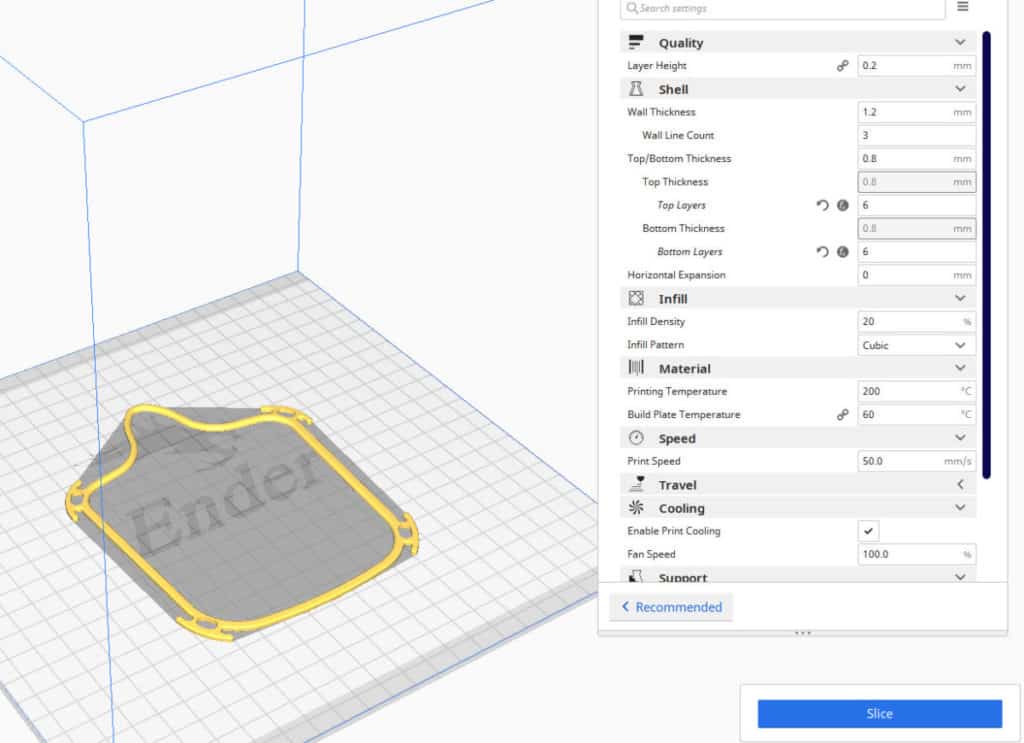
There is a template for cutting cloth to size, (or you can just eyeball it and cut.) The designer was thoughtful enough to include several sizes (though you can easily scale the file to print a different size in a slicer program prior to printing.)
You can simply cut your material and hold it in place with the mask frame and call it done, or you can get a bit fancier and secure the material to the frame. We printed these for the whole family, and found they fit as well as a dust mask or something similar.
The large size printed in about 45 minutes, and the small ones were done in about a half hour.
3d Printed Mask with Filter
There are a number of other free designs out there. This “COVID-19 MASK” face mask from lafactoria3d is designed for 3D printing without supports, which makes it easier and faster to print. It also uses less material.
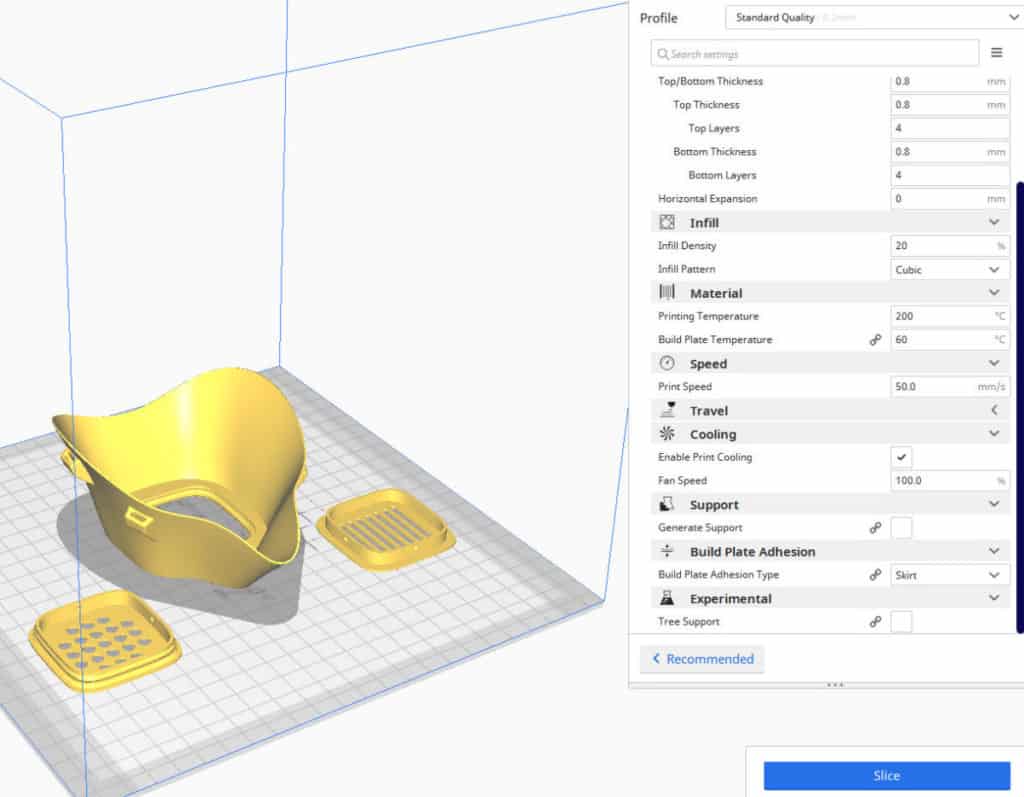
It comes in 3 pieces, the mask itself and a front and back for the filter. It has an option to print a standard filter or N95 style screw on filter with a honeycomb insert. The filter types are interchangeable and can fit on the same face mask.
The mask is fairly thin and lightweight, and had a decent seal. You could use a hair dryer to soften it up a bit and make a custom fit.
Our print was done in about 3 hours.
And, there are some cooler looking designs, if you want to have a 3D printed face mask with a bit more style. You can find Darth Vader, Immortan Joe (from Mad Max Fury Road), Sub Zero (Mortal Kombat) and others. These, in most cases, aren’t as practical and take much longer to print – so don’t lend themselves well to mass production if you’re interested in outfitting a bunch of folks with personal protective equipment. Most of these masks have a filter where you can change the material in between uses.
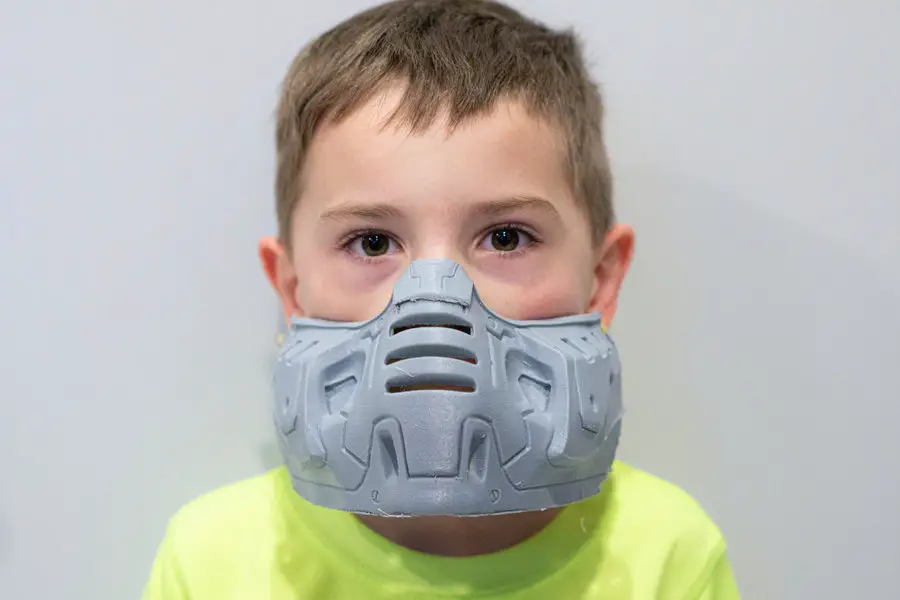
We printed the “Doom” mask from this set, which took over 2 days to print. Looks cool, but 48 plus hours! Even right off the printer with no sanding or painting, it definitely wins in the style department. Style aside, it just isn’t practical and would take some extra work to get a decent seal. It could be a help to stop touching your face if most of it is covered. Bottom line – I’d save this one for Halloween or cosplay, and stick to one of the simpler, purpose made designs if I wanted a mask for health reasons.
Related Post: If you’d like to 3D print costumes or props for Halloween or Cosplay, check out our post on 3D Printing for Halloween.
I have my STL file for a 3D printed face mask, Now what?
Most 3D models you can download from sited like Thingiverse, Yeggi, MyMiniFactory, etc. will be in STL format, which is the 3D model itself. 3D printers don’t quite know what to do with with just the model. They need a file called gcode to tell them how to create that object layer by layer.
You can trun an STL file into gcode with a program called a slicer.
What kind of material can you use in a face mask to stop COVID-19?
N95 material is best, though the CDC recommends that be reserved for medical professionals during a crisis. So, what’s a responsible citizen to do to protect themselves and loved ones?
According to Smart Air Filter, here is how common household items stack up against 1 micron particles:
SURGICAL MASK__________97%
VACUUM CLEANER BAG__________95%
DISH TOWEL__________83%
COTTON BLEND__________74%
100% COTTON T-SHIRT__________69%
ANTIMICROBIAL PILLOWCASE__________65%
SCARF__________62%
PILLOWCASE__________62%
LINEN__________60%
SILK__________58%
Surgical masks cut out 97% of particles 1 micron large. Vacuum cleaner bags would be the next most effective material, should you happen to still use a vacuum cleaner that uses bags. Dish towels are probably the most effective material you’d find in the average household, at 83%.
Effectiveness drops off using T-Shirts, pillow cases, and other cloth materials – but something is better than nothing, even if you’re touching the mask instead of your face (but you still shouldn’t be touching the mask, right?)
Good news – doubling up the thickness of the dish towel increases the efficiency to the level of a surgical mask at 97%. Doubling up other cloth materials only gains efficiency or a few percent, so not a notable improvement. Perfect, we’re good to go! Well, it’s not as simple as folding a dish towel.
Breathability is another factor, and our doubled up dishcloth, while being effective at stopping particles, isn’t incredibly easy to breath through. Killed by virus, or suffocated by a dish towel – which fate would you choose?
This is where cotton fabrics like T-Shirts and pillowcases get an edge, and make them the recommended solution. The best news is nearly everyone has an old T-shirt they could sacrifice.
If you truly want protection from airborne particles, look for a surgical mask or an N95 mask.
3D Printing Equipment – What we use
Like any technology, prices have come down considerably since it was first introduced, and it’s possible to find very capable printers under $100 (capable, but small.) We started with a Monoprice/Powerspec I3 Mini (which is a rebranded Wanhao i3 Mini.) It was perfect for us to learn a bit about the craft, through we grew out of it after a year or so. We still use it, though we’ve upgraded.
If you can extend your budget a bit, you can get something that can handle doing larger prints. We’re currently loving our Creality Ender 3 Pro (check here for the latest prices on Amazon.)
You’ll also need filament, which are the spools of plastic the 3D printer uses to create its prints. We usually use a material called PLA, and this is what we printed our masks with. (Technically, PETG would have been a better material to use for a face mask or PPE, but we made use of what we had on hand.) There are a number of different plastics and filament materials to choose from.
We’re partial to Hatchbox PLA for most prints. Hatchbox has been in short supply; the masks we printed for this article were done with Amazon Basics Gray, which is the same as Overture PLA.
Check our page here for more about 3D printing gear.
3D Printed Face Masks – Wrap Up
Remember: having a face mask, whether a cloth mask, 3d printed face mask, or N95 mask isn’t a substitute for social distancing. While face coverings can reduce risk, they don’t provide immunity.
A cloth mask can work, as recommended by the CDC. We found the 3D printed mask frames to be a quick, easy and low maintenance solution to hold cloth coverings in place. Once you have the frame, it’s much easier to swap out cloth than to make a whole new face mask.
The full 3D printed face masks seemed to work, and (if you can get a snug fit) may provide decent protection and use less cloth. If you’re limited on filter material, this may be the way. Of course, if you want to social distance in style, you can 3D print a face mask with a bit more flair.
Or, for many of us, we can just stay home. Now, if we could only 3D print toilet paper, we’d be set.
Looking for more STEM Projects and Activities? Check out our other STEM Challenges.
-
How to Make a 3D Printed Violin
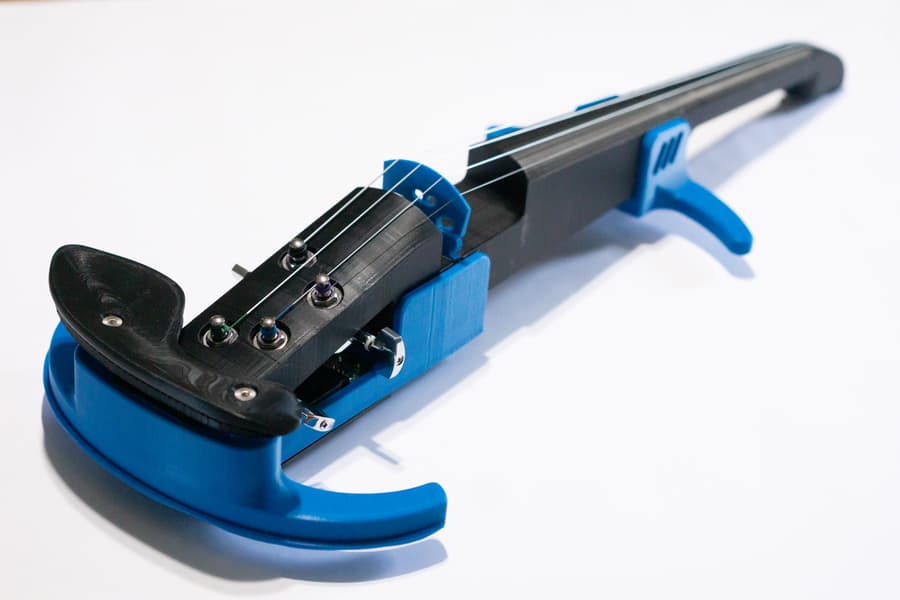
There are exciting things you can do with 3D printers. Having a background in music, I wanted to see what kind of instruments could be made on a 3D printer.
-
How to Make a 3D Printed Face Mask to Survive Social Distancing
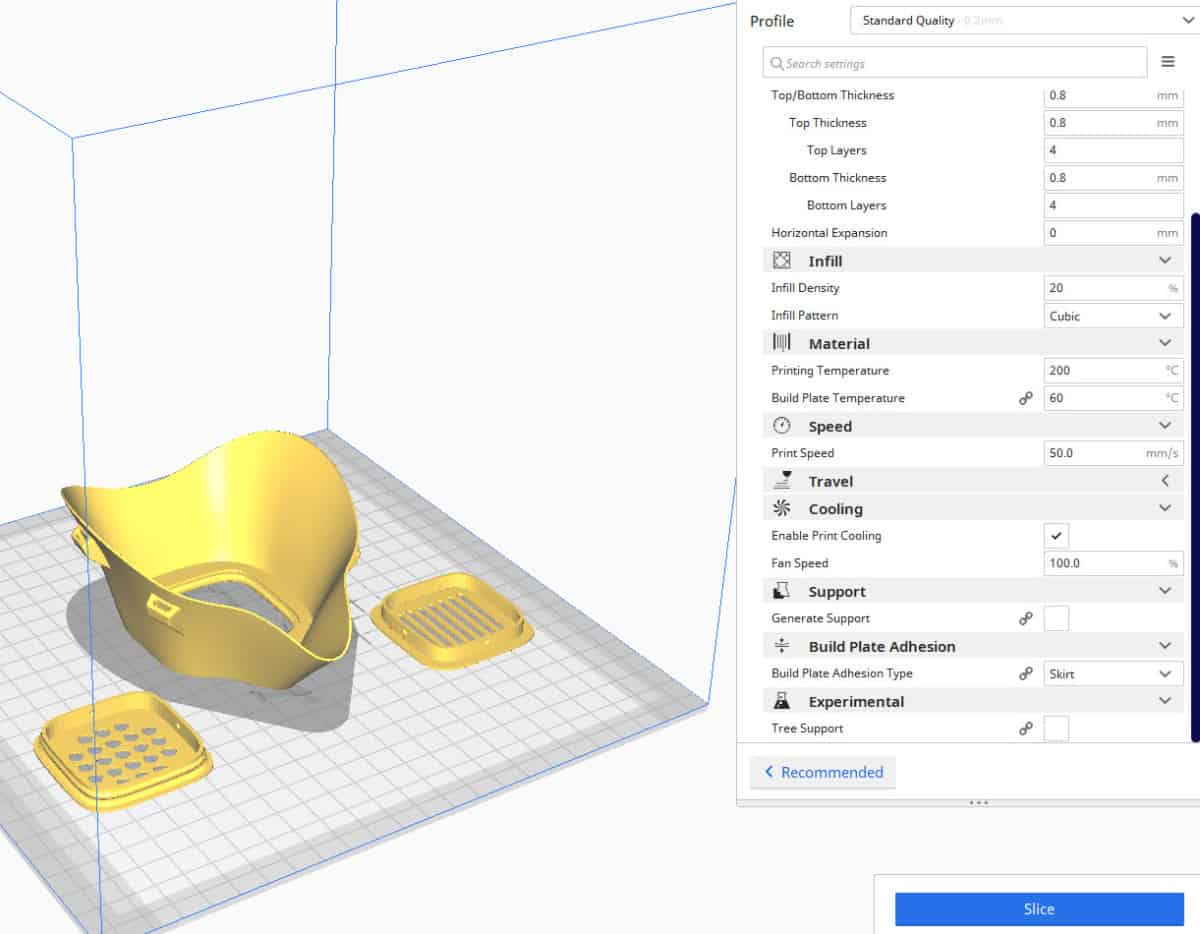
You can 3D make a 3D printed face mask to protect yourself and others. If you have access to a 3D printer, it’s easy. We’ve printed several designs and tried them out, and we’ll show you how to do the same.
-
Awesome 3D Printed Musical Instruments (With Free 3D Models)
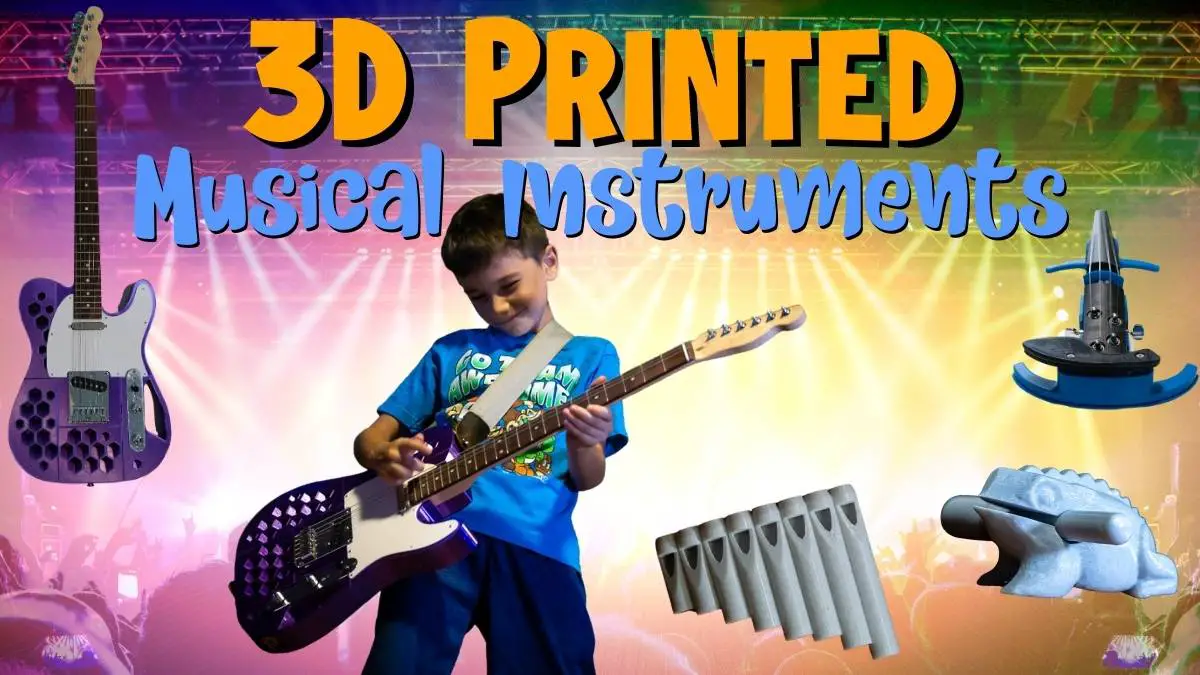
3D printing has become an increasingly popular hobby and technology. Many people use this technology to print toys, models, and other items. However, some people use it to make musical
